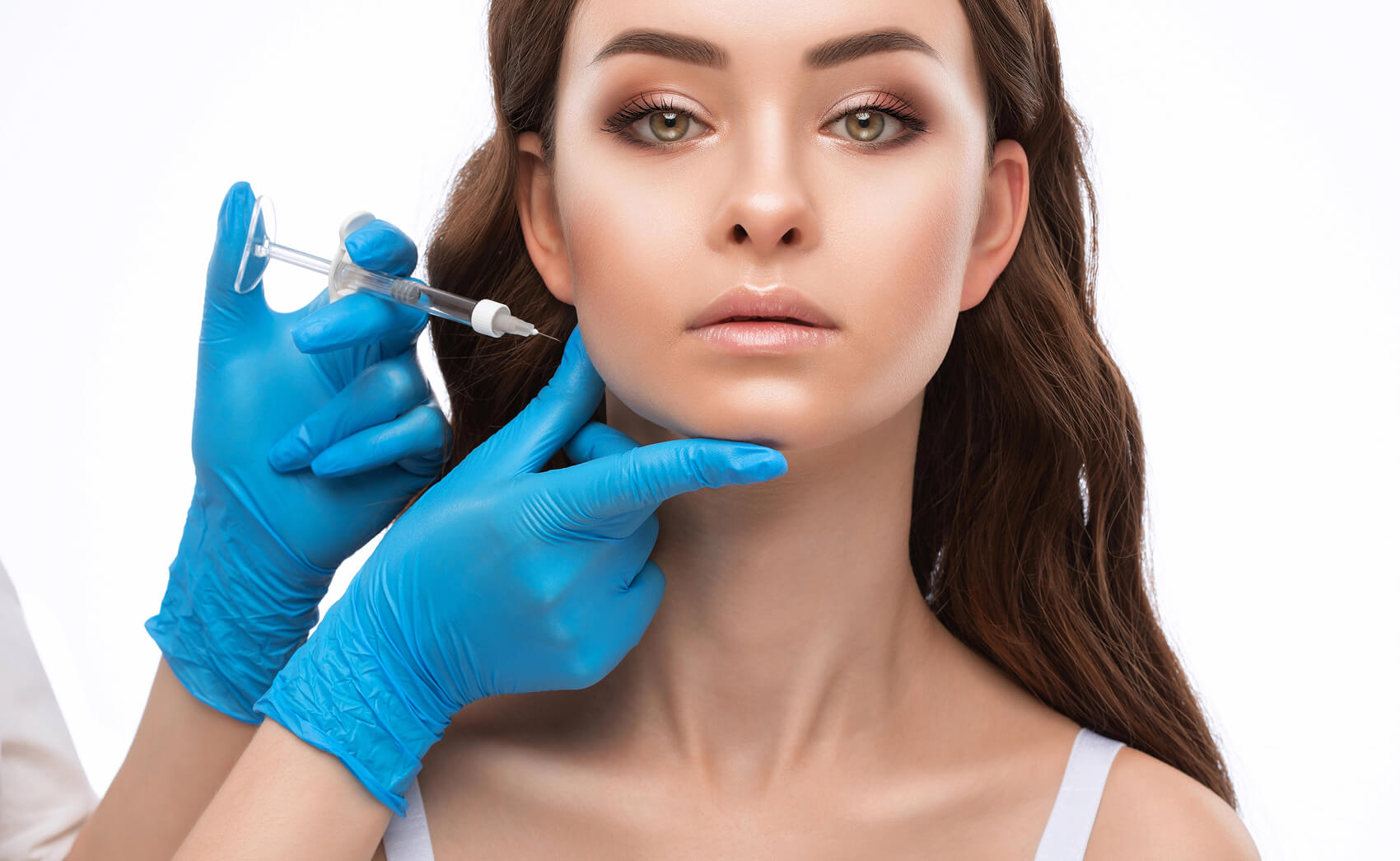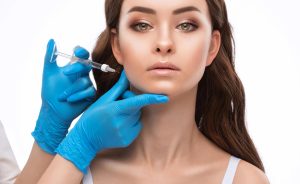Despite Botox being one of the most studied and widely used aesthetic treatments in the world, myths about it persist—often fueled by viral videos, celebrity gossip, and half-truths from decades past. But misinformation doesn’t just distort expectations—it shapes how people feel about their faces, aging, and self-worth. In this article, we’ll unpack the top five Botox myths with clarity and care, so you can make empowered, evidence-based decisions about your aesthetic journey.
Myth #1: Botox Will Freeze Your Face and Erase All Expression
The idea that Botox freezes your face is one of the most common fears—and one of the most misunderstood. What’s often overlooked is that Botox doesn’t erase emotion; it softens movement. When used skillfully, it targets specific muscles while leaving others untouched, preserving your ability to express naturally. The real culprit behind the “frozen look” isn’t the product—it’s overuse or poor placement. What few talk about is how nuanced facial anatomy is. A good injector isn’t just trained—they’re observing your baseline expressions, muscle strength, and even micro-movements you don’t realize you make. Botox done right doesn’t silence your face—it creates space for softer, more graceful expression. In fact, many clients report that they feel more like themselves after treatment because their face reflects how they feel inside—rested, calm, and confident.
Myth #2: Botox Is Toxic and Unsafe
Many people hear the word “toxin” and assume danger—but context is everything. Botox is derived from botulinum toxin, yes—but in medical aesthetics, it’s used in such tiny, purified doses that it behaves more like a precision tool than a threat. What’s rarely discussed is that Botox has been used safely for over 30 years—not just for wrinkles, but for treating migraines, muscle spasms, and even excessive sweating. It’s FDA-approved and studied extensively across disciplines. The deeper truth is this: nearly everything is “toxic” at a high enough dose—even water. What makes Botox safe is its controlled use by trained professionals who understand facial anatomy, dosage, and placement. It’s not about injecting blindly—it’s about balance, skill, and respect for the human body. Fear often arises not from science, but from misunderstanding. And when we replace fear with facts, people make more confident, informed decisions.
Myth #3: Once You Start Botox, You Have to Keep Getting It Forever
This myth plays on the fear of becoming dependent—but the truth is, Botox is a choice, not a commitment. What’s rarely talked about is what actually happens if you stop: your muscles gradually return to their natural movement, and your lines come back to how they were before treatment—not worse. There’s no rebound effect, and no biological craving for more. What’s interesting is that over time, some people actually need less Botox. That’s because repeated treatments can “train” overactive muscles to relax, so they don’t crease the skin as deeply. You’re not locked into anything—your results are temporary, your body remains your own, and you decide when or if to continue. Botox isn’t a trap; it’s a tool you can pick up or put down based on how you want to feel in your skin.
Myth #4: Botox Is Only for Older Women
This myth ignores one of the most important shifts happening in aesthetics today: younger people—especially women in their late 20s to early 30s—are using Botox not to erase wrinkles, but to prevent them. What’s seldom discussed is that by calming specific muscles before deep lines form, you can slow the skin’s aging process in a subtle, natural way. It’s not about chasing perfection or looking “done”—it’s about preservation. And this approach isn’t limited to women, either. More men and nonbinary clients are exploring preventative care as part of their self-care routines. The decision to start Botox early isn’t based on age—it’s based on genetics, expression patterns, and personal goals. When approached thoughtfully, Botox becomes a long-term investment in your skin’s health and resilience—not a response to aging, but a way to age on your own terms.
Myth #5: Botox Causes Wrinkles to Get Worse Over Time
One of the least examined fears is the idea that Botox somehow “weakens” your skin or worsens aging in the long run. In reality, the opposite is often true. When Botox is used correctly, it reduces the repeated muscle movements that etch lines into the skin over time—meaning it can actually slow wrinkle formation. What’s seldom talked about is that Botox doesn’t affect the skin directly—it works at the neuromuscular level. So when movement is reduced, your skin has a chance to recover and smooth out. If someone stops Botox, their muscles simply go back to moving as they naturally would, and aging continues at its usual pace. There’s no backlash effect, and no damage done. The myth persists because people expect Botox to fix skin texture, when it’s actually preventing the deeper mechanical causes of wrinkles. The real transformation happens in what you don’t see forming.
Common Questions About Botox: What You Need to Know
- Is Botox safe for everyone? While Botox is FDA-approved and generally safe, it’s important to remember that individual factors like medical history, pregnancy, or certain neurological conditions can affect suitability. What few discuss is that safety also depends on who performs the injection. Experienced providers understand facial anatomy deeply and customize treatments—this is just as important as the product itself for avoiding side effects.
- Can Botox make you look worse over time? This concern often comes from improper use rather than Botox itself. When injected too frequently or in incorrect doses, muscle weakening can alter natural facial balance, leading to unintended sagging or asymmetry. However, this isn’t a Botox flaw but a matter of technique and timing, which expert injectors carefully manage.
- How early is too early to start Botox? Starting Botox in your mid-20s or early 30s is more common than many realize, especially for prevention. The key is a tailored approach focused on muscle patterns, not age alone. Early treatment is not about erasing wrinkles but reducing muscle tension that causes future lines, preserving youthful skin longer.
- Does Botox cause any long-term side effects? Long-term side effects are rare when Botox is administered properly. Unlike some assume, Botox doesn’t thin the skin or cause permanent muscle damage. Instead, it can provide a “muscle rest” period, allowing skin to heal and regenerate. The biggest risk lies in repeated treatments done without proper assessment, emphasizing the need for personalized care.
- How do I know if my Botox provider is qualified? Beyond credentials, look for providers who assess your facial dynamics in detail, explain realistic outcomes, and tailor dosing and placement. A good injector listens, observes subtle expressions, and avoids a “one size fits all” approach. This level of care helps avoid common myths born from poor technique and builds lasting trust.
Conclusion
Understanding the truth behind common Botox myths is essential to making confident, informed decisions about your skincare and aging journey. Botox is a safe, effective tool when administered thoughtfully by experienced professionals, helping you enhance your natural beauty without compromising expression or authenticity. Don’t let misinformation hold you back from exploring treatments that can support your skin’s health and boost your confidence. If you’re curious about how Botox can work for you, or want to discuss personalized options tailored to your unique needs, visit us at Genevieve Aesthetic or call 704-286-8482 to schedule your consultation today. Empower yourself with knowledge and expert care.




